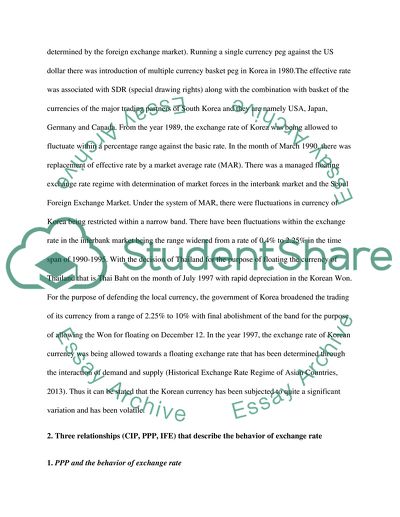Cite this document
(“Exchange Rate Regime - Korea Essay Example | Topics and Well Written Essays - 1750 words”, n.d.)
Exchange Rate Regime - Korea Essay Example | Topics and Well Written Essays - 1750 words. Retrieved from https://studentshare.org/history/1615220-international-finance-please-see-below-other-instruction
Exchange Rate Regime - Korea Essay Example | Topics and Well Written Essays - 1750 words. Retrieved from https://studentshare.org/history/1615220-international-finance-please-see-below-other-instruction
(Exchange Rate Regime - Korea Essay Example | Topics and Well Written Essays - 1750 Words)
Exchange Rate Regime - Korea Essay Example | Topics and Well Written Essays - 1750 Words. https://studentshare.org/history/1615220-international-finance-please-see-below-other-instruction.
Exchange Rate Regime - Korea Essay Example | Topics and Well Written Essays - 1750 Words. https://studentshare.org/history/1615220-international-finance-please-see-below-other-instruction.
“Exchange Rate Regime - Korea Essay Example | Topics and Well Written Essays - 1750 Words”, n.d. https://studentshare.org/history/1615220-international-finance-please-see-below-other-instruction.


